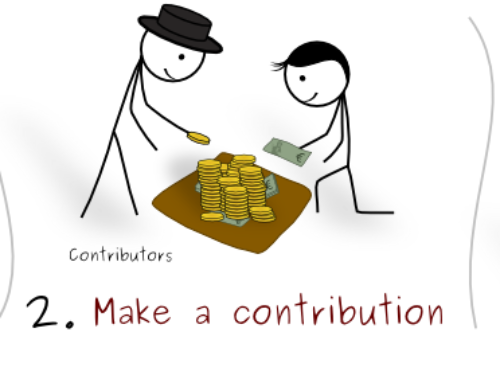How To Innovate Like Einstein
by: Annie Murphy Paul
Jeffrey Phillips of the consulting firm OVO Innovation has a great blog about taking the time to simply think:
Albert Einstein was a great physicist but also a great philosopher and innovation thinker. Perhaps my favorite quote of his was about problem solving. When asked how he would spend his time if he was given an hour to solve a thorny problem, he said he’d spend 55 minutes defining the problem and alternatives and 5 minutes solving it.
Which is exactly opposite of what the vast majority of executives today would do. Most of them would simply define a solution, implement it and have 15 minutes to spare for checking email. In many organizations we undervalue exploration, thinking, empathy for customer and needs, contemplation, stillness. We often need a ‘beginner’s mind’ but that requires leaving behind the expert’s perspective.
Good innovation almost always starts with noticing a problem or opportunity, contemplating a range of solutions, experimenting and interacting with those that have the challenge or problem, iterating a solution and then commercializing. Most of us want to skip from noticing to commercializing, to speed a solution to market, without the contemplation, the thinking, the understanding necessary to develop a really interesting, compelling solution.
Our organizations and the corresponding corporate cultures have taught us to be busy, focused on deliverables, always engaged. But this busyness leaves little time for the true drivers of innovation thinking. We are simply too busy to innovate, and what’s worse, we seem to enjoy the busyness over the contemplation necessary for innovation. Like a man who starves to death in a bountiful land because he is too busy to plant, many businesses will wither because they were too busy to innovate.” (Read more here.)
This reminds me very much of the study I reported here, in an article titled “Why Daydreaming Isn’t A Waste Of Time.” Describing the work of researcher Mary Helen Immordino-Yang, I wrote:
“By scanning the brains of study subjects asked simply to rest and relax, scientists have discovered that our minds are anything but inactive in these moments. Relieved of the obligation to pay attention to what’s going on around us, we engage instead with a rich internal environment: recalling the past, imagining the future, replaying recent interactions and sorting out our feelings. It’s when we engage our brains’ ‘looking in’ mode, notes Immordino-Yang, that we make meaning out of the mass of experiences and information we encounter when we’re ‘looking out.’”
Have you made time for “looking in” today?
Source: The Brilliant Report





Leave A Comment
You must be logged in to post a comment.